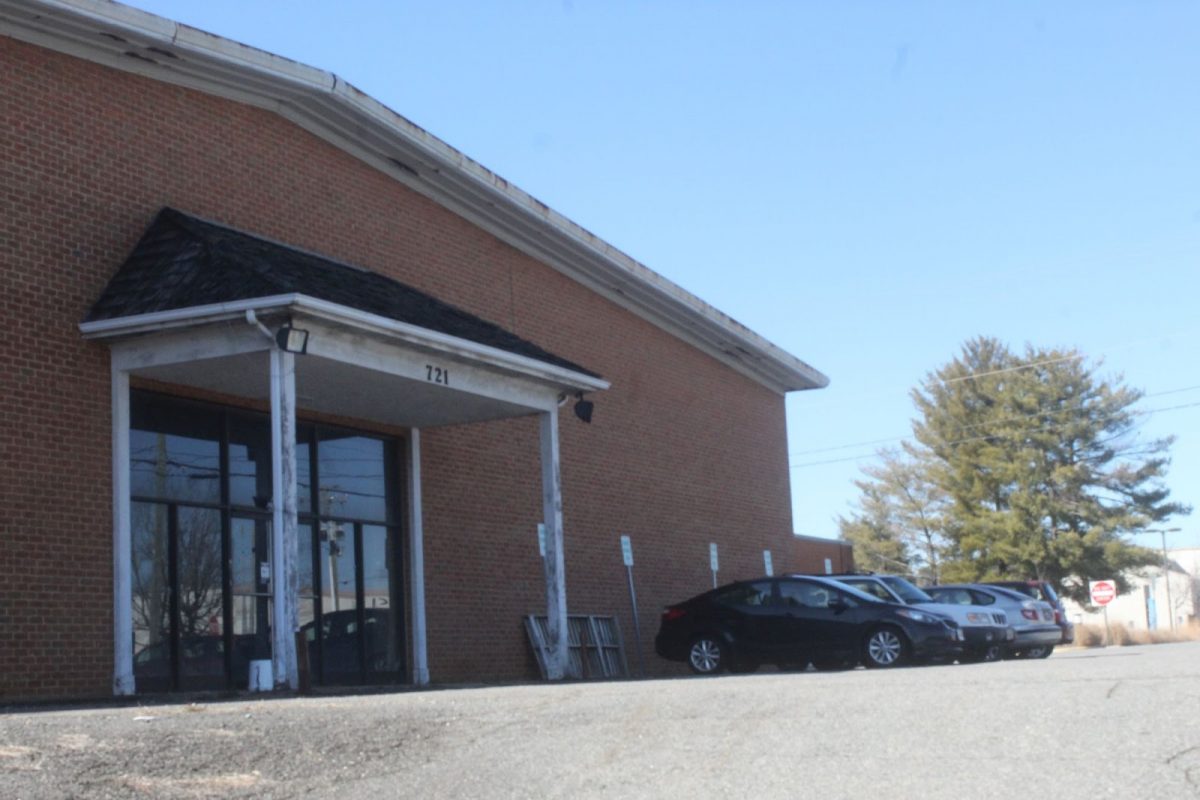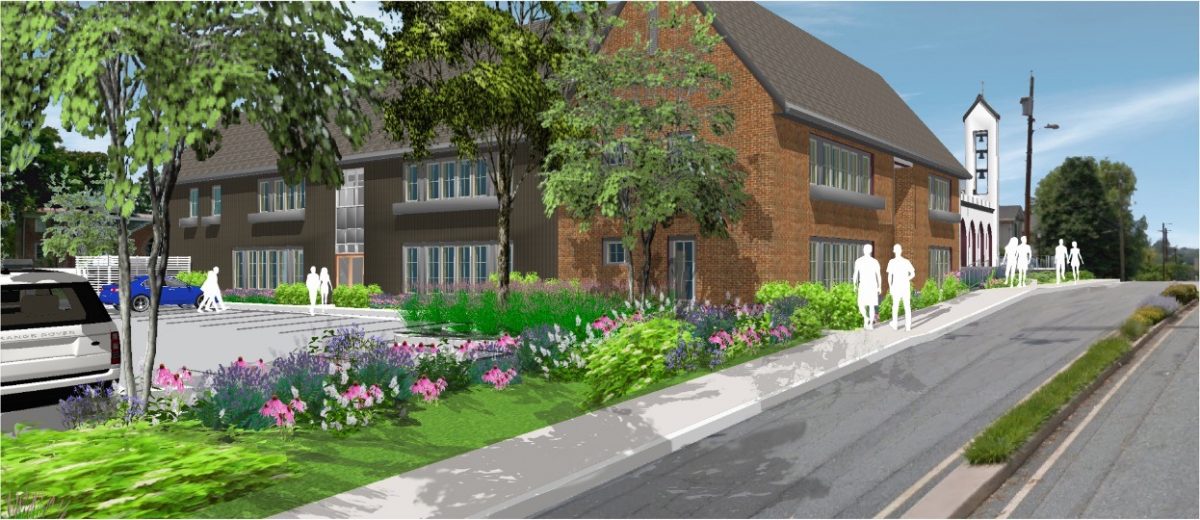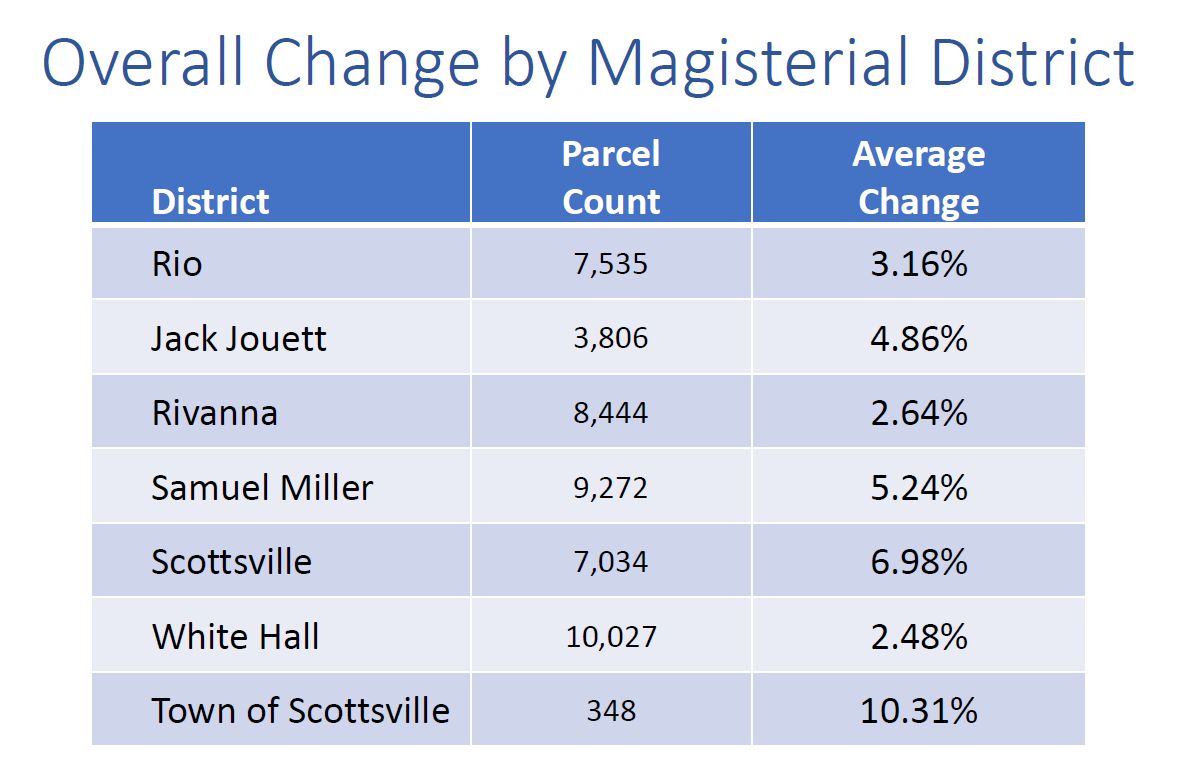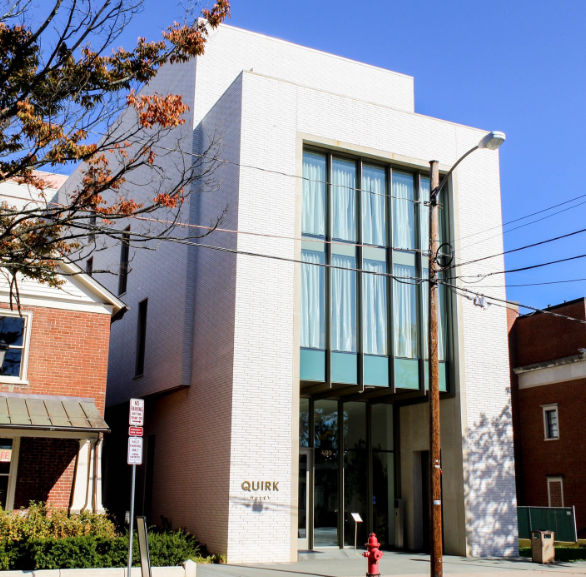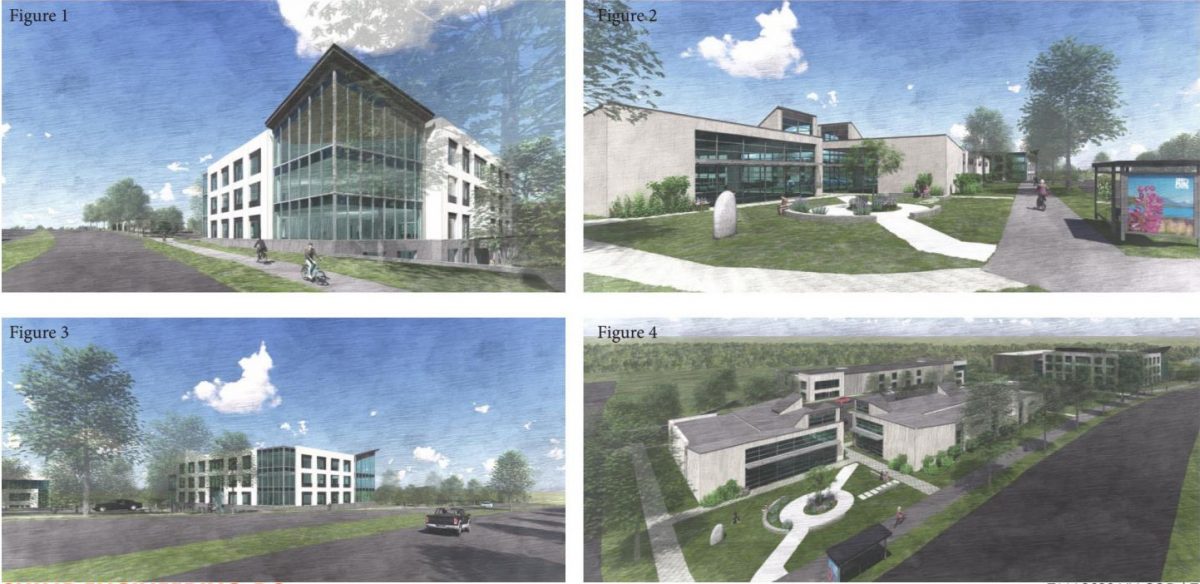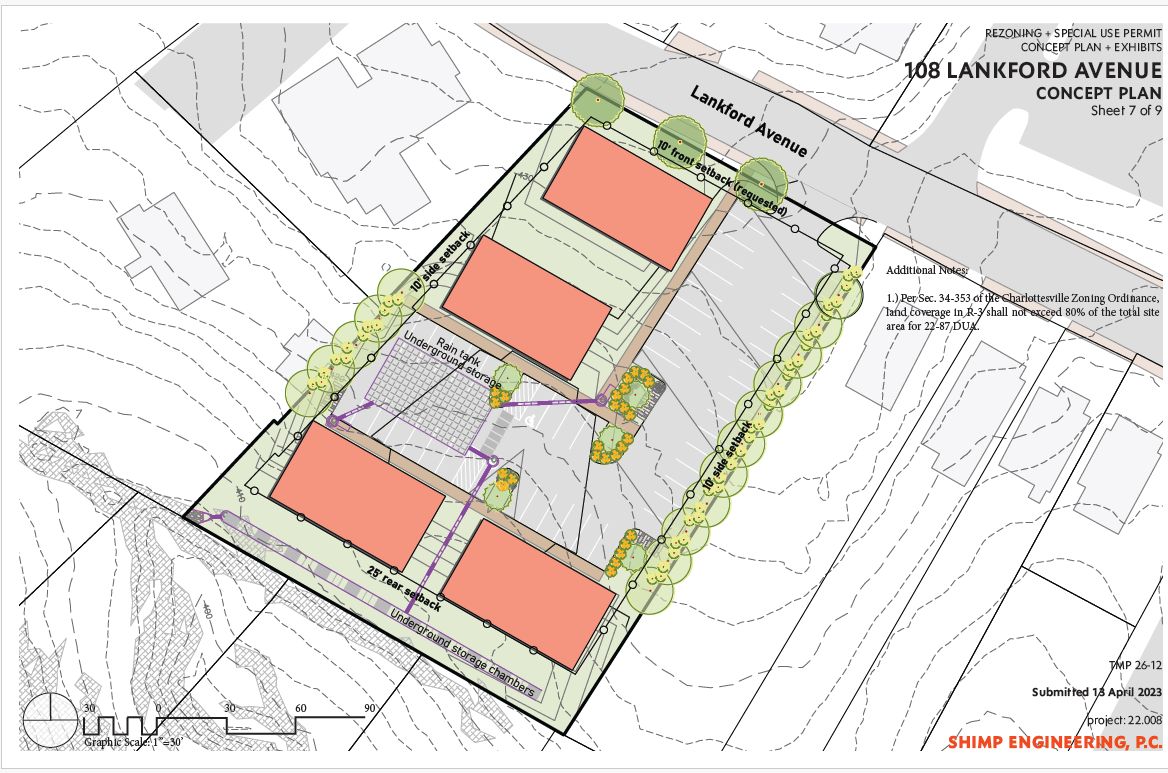When Albemarle County supervisors adopted a Small Area Plan in December 2018 for the intersection of Rio Road and Route 29, the idea was to reimagine it for a less car dependent 21st century.
“We invite our partners to work with us and to think creatively about the future of Rio29, because doing so can create community-wide opportunities and facilitate the creation of a great place,” reads what the county at the time described as an “opportunity plan.”
The idea was to build on the public-sector investment, such as VDOT’s $69 million grade-separation project at Rio and Route 29, as well as Albemarle’s $11.8 million acquisition of property for and construction of the new Northside Library that opened in March 2015. Six “catalyst” projects were to be built by the county, including a commuter bus stop and a Library Plaza, but none of them ended up in the budget for capital projects.
Since the Small Area Plan adoption, however, most of the businesses that have opened in the vicinity are automotive in nature. These include a vehicle body shop in the former Goodwill space and conversion of a Hardee’s into a car dealership. Further to the north, an office building on Woodbrook Drive was torn down and replaced with a car wash.
Now, 4.67 acres of land to the east of the Northside Library has sold for $3.53 million to a company that plans to open an equipment rental facility.
“The equipment to be rented out to customers from the Property by Carter will include a variety of hydraulic excavators, backhoes, compact track loaders, telehandlers, skid steer loaders, boom lifts, and scissor lifts,” reads a November 8 letter from a law firm seeking confirmation from Albemarle County that the use would be allowed under Highway Commercial zoning.
The county responded with a “letter of zoning compliance” that the storage of use as described would not be allowed at 721 Rio Rd. West without a rezoning because of the use of heavy equipment. Outdoor storage and display requires a special use permit, and the existing site plan for the old Phillips Supply Building would need to be amended.
The auto-centric nature of the area has already manifested itself in Northside Library’s need to rent space from its neighbors for additional parking spaces. These include 10 spots in front of 721 Rio Rd. West.
At the public hearing for the Small Area Plan in December 2018, Neil Williamson of the Free Enterprise Forum argued that the county had to do more to convince private participation in the vision. He continues to hold that view today.
“I believe the market has identified the current condition to be best suited toward interchange uses,” Williamson says. “The bottom line is that nothing happens absent a willing property owner.”
